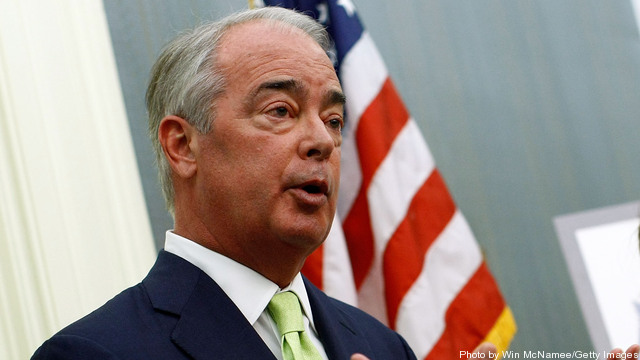 Ocean Power Technologies has gained approval from the Federal Energy Regulatory Commission for the complete build-out of its wave power station off the southern Oregon Coast, the first wave power station to be licensed in the U.S.
Ocean Power Technologies has gained approval from the Federal Energy Regulatory Commission for the complete build-out of its wave power station off the southern Oregon Coast, the first wave power station to be licensed in the U.S.
FERC granted a 35-year license for the wave power station to OPT subsidiary Reedsport OPT Wave Park, LLC. OPT said in a news release that construction of the first PowerBuoy® is almost completed and should be deployed 2.5 miles off the Reedsport coast later this year. After the first buoy is deployed, OPT will build up to 9 additional buoys and their grid connection infrastructure – assuming additional funding and the remaining regulatory approvals are obtained. Keep reading →









